Summary
- The “Dragon Ball AF” phenomenon originated from an image of a fan-made character inccorectly labelled as Super Saiyan 5 Goku from a GT sequel.
- Various fan-made series emerged based on “Dragon Ball AF”, including creations by the viral image’s creator, David Montel Franco, as well as the Japanese artist we came to know as “Toyotaro”.
- The widespread sharing of speculated transformations and villains like Xicor sparked an explosion of Dragon Ball fan fiction in a “post-Dragon Ball” landscape.
Akira Toriyama’s Dragon Ball franchise is a phenomenon that needs no introduction, one that has inspired countless other works of anime, manga and various other media. After the end of the anime-original Dragon Ball GT in 1996, Dragon Ball as a franchise continued well into the 2000s, with several eras of videogame adaptations, original video animations (OVAs) and films, but as far as the canonical story was concerned, it ended with the Buu Saga. The absence of Dragon Ball, after it had been such an integral part of the Golden Age of Shōnen Jump, was a scary prospect, especially for fans who followed Goku’s journey from childhood to adulthood, which is a big reason why a certain image of Goku in his “Super Saiyan 5” transformation spread as far and wide as it did.
“Dragon Ball AF”, sprawled the familiar lettering of the series’ logo on the infamous image, driving a rumour mill of feverishly excited fans to not only wish for more beyond GT, but to conceive of their own journeys for Goku and the cast that pushed on past the series’ official end, including Toyotaro, the artist behind Dragon Ball Super. So, what exactly was “Dragon Ball AF”?
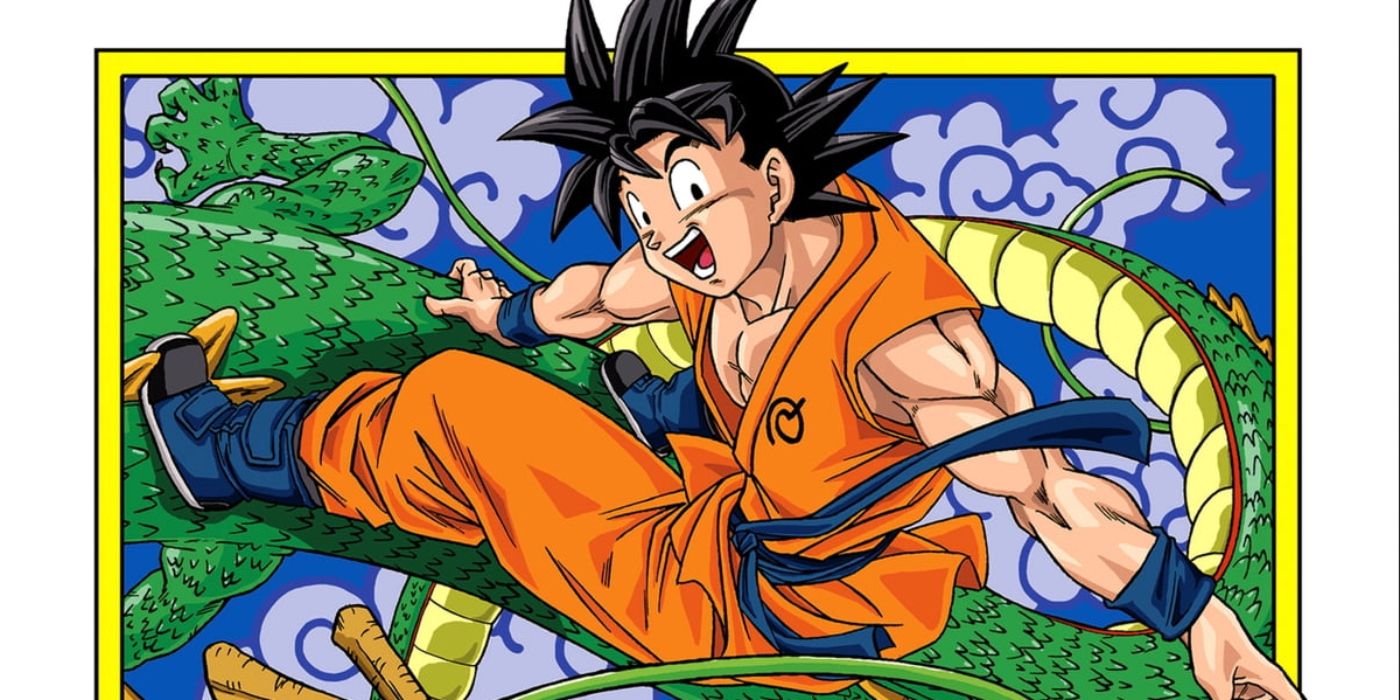
RELATED
Will Dragon Ball Super Return?
Dragon Ball Super’s hiatus didn’t exactly take people by surprise, but will it actually make a return or should fans say goodbye to the series?
The “Dragon Ball AF” Backstory
How One Image Sparked an Entire Myth
Different sources will have a different timeline for how exactly the initial image that sparked the Dragon Ball AF phenomenon came to be circulated; however, it is known that the Super Saiyan 5 Goku fan art was actually a drawing of David Montel Franco’s original character (or OC), Tablos, in his “Spirit Killer” form, which was published in the May 1999 issue of the Spanish hobby magazine Hobby Consolas.
In October 2000, the image was shared on the specialized website majin.com, which mistakenly marked the image of Spirit Killer Tablos as “SSJ5 Goku” from “Dragon Ball AF”, an upcoming sequel to Dragon Ball GT which the website administrators claimed was real.
They would go on to apologize for the claims, saying that they were “tricked by a con artist”. As this was one of the first English sites to disseminate the Dragon Ball AF rumour, it spread even further than the Spanish-speaking world it had previously inhabited. In other sources, the image of Franco’s OC was part of an April Fool’s joke (hence “AF”), which posited that a continuation to the Dragon Ball franchise set after GT was in the works. The image of Tablos became the very symbol of Dragon Ball AF, and several fan-made series bearing that name or set after GT became especially popular among fans:
- “Dragon Ball AF” by the creator of the original “Super Saiyan 5” illustration, David Montel Franco.
- Dragon Ball AF by Youngjijii, a Japanese artist who was later accused of blatant plagiarism and tracing in his work.
- Dragon Ball New Age by Malik Torihane, which ran in the early 2010s and was rebooted in 2018.
- Dragon Ball AF by Toyble, a Japanese lifelong fan of Dragon Ball who tried to coalesce the various fan conjectures and stories into a single coherent narrative. Working on Dragon Ball AF got him noticed, leading to his eventual selection to be the lead artist in the official continuation of the Dragon Ball franchise after Z. Toyble was in fact the artist we came to know as “Toyotaro”.
The Dragon Ball AF Phenomenon
“Alternate Future”
One hallmark feature of the Dragon Ball AF phenomenon during the 2000s was the rampant sharing of even more imagery of characters in ascended states and hypothesized transformations (much like “SSJ5 Goku”). There were various villains introduced in each respective “Dragon Ball AF”, but one popular story featured Xicor, an evil illegitimate son of Goku (Goku Black, anyone?). Insane as it sounds, in a weird “butterfly effect” kind of way, the “Dragon Ball AF” fan fiction phenomenon is the incident that put into motion the sequence of events that would eventually lead to Toyotaro’s becoming a mangaka, and also following in the footsteps of one of the greatest artists of the medium to continue one of the most notable pieces of fiction in human history.
Despite the fact that Dragon Ball AF was never a real thing, many fans throughout the 2000s held onto it as a fragment of hope for the return of the Dragon Ball franchise, a continuation to which then only existed in videogames and that one 2008 OVA that introduced Vegeta’s brother.
For Toyotaro to have been one of the most famous “Dragon Ball AF” artists, and then to be noticed as a result of that work and come to create the actual continuation of Dragon Ball canon, is the kind of fated development you’d see in the franchise, and knowledge of this uncanny coincidence just makes the fact that Dragon Ball is still around even sweeter. Today, the existence of the extant Dragon Ball multiverse, including the non-canon iterations like Dragon Ball Heroes, can be reminiscent of a simpler time when fans would hit YouTube to look at clumsy yet passionately made videos created by fans about countless possibilities for the legendary narrative. Considering the emergence of Toyotaro as being partly due to the Dragon Ball AF phenomenon also highlights the significance of fan circles, dojinshi and the nigh-immortal lifespan of certain kinds of media.
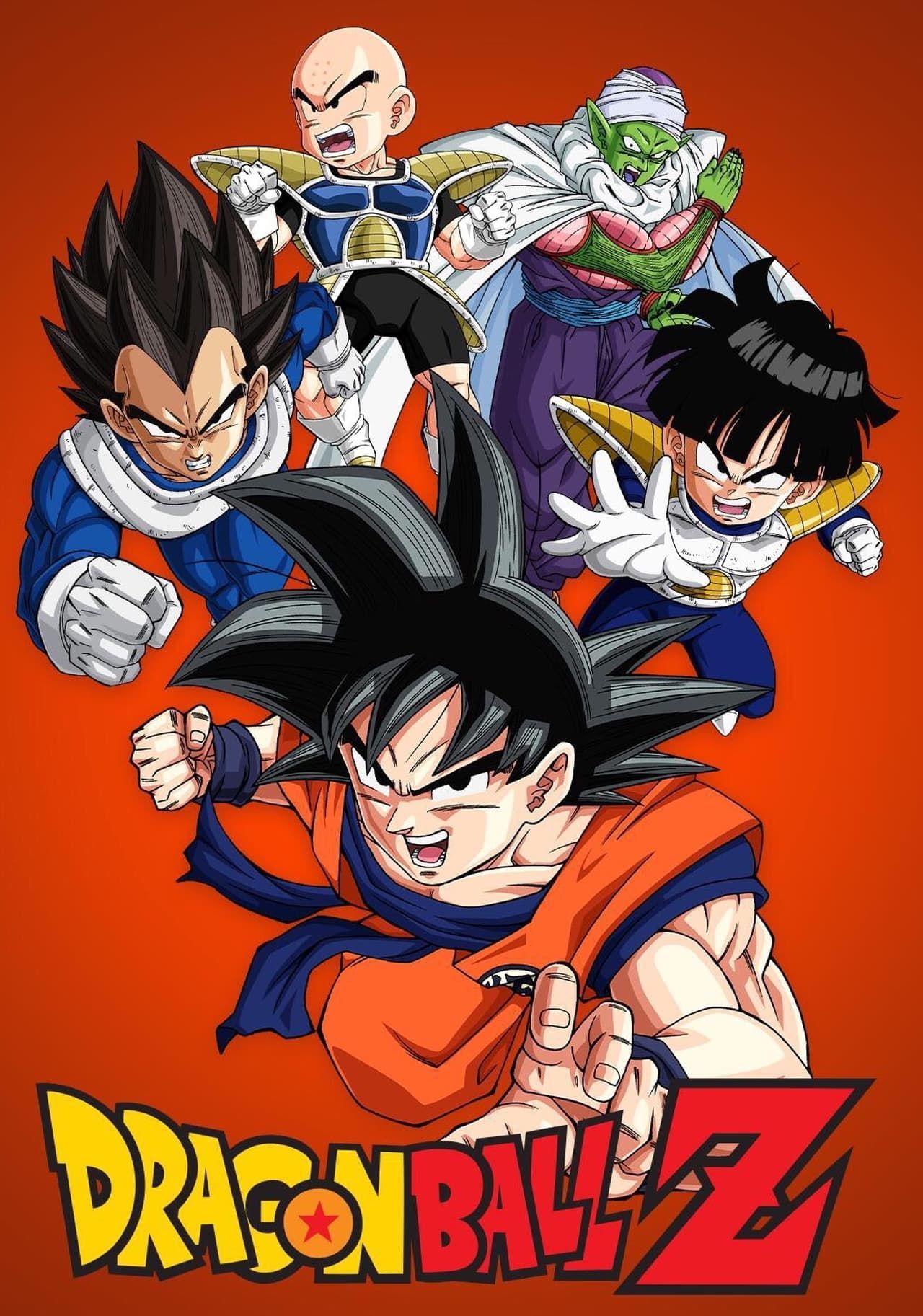
Dragon Ball Z
- Release Date
-
1989 – 1995
- Directors
-
Daisuke Nishio
- Writers
-
Akira Toriyama, Takao Koyama
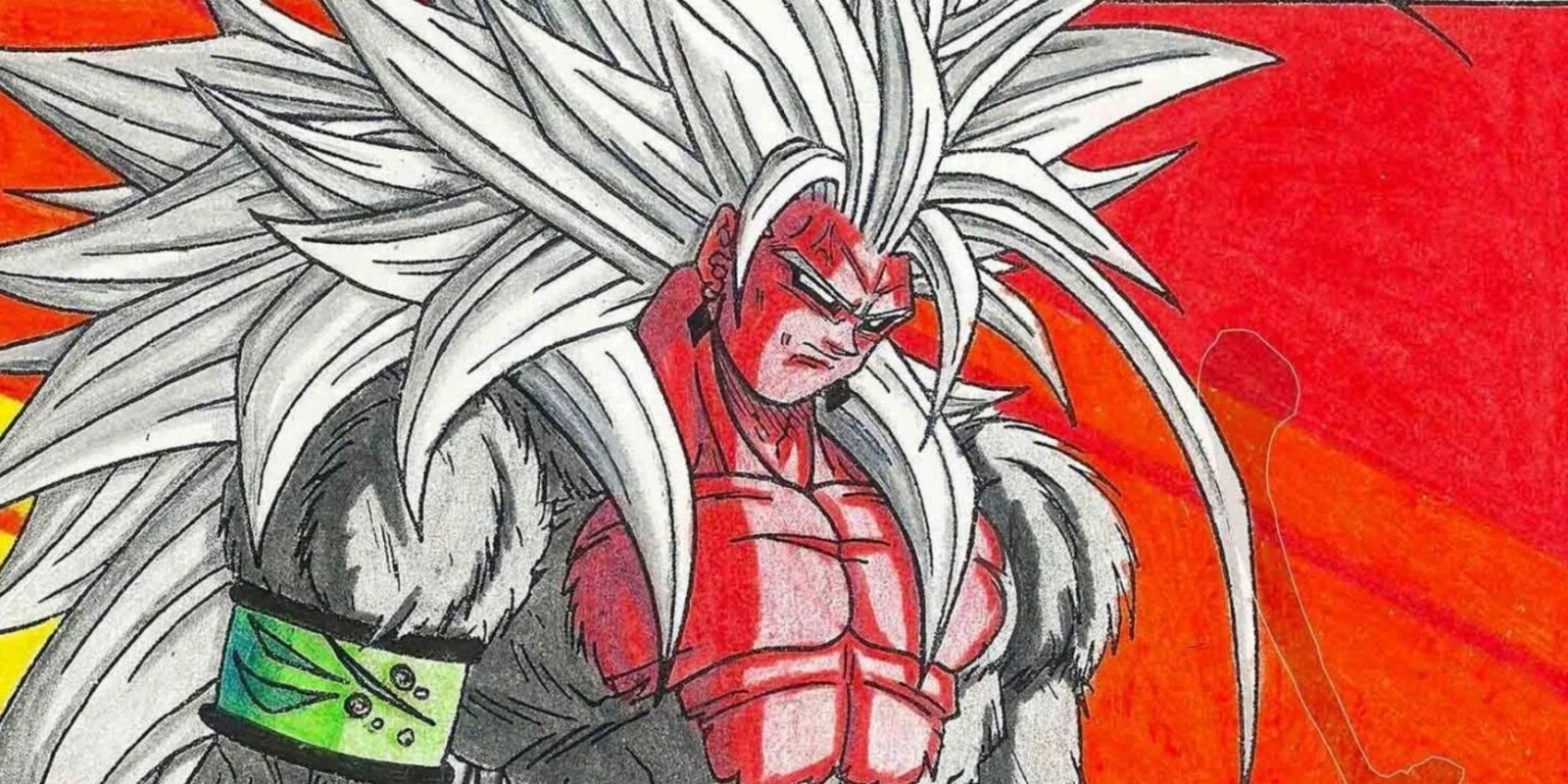
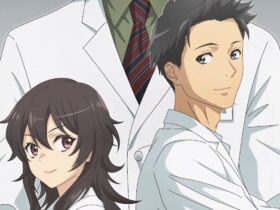
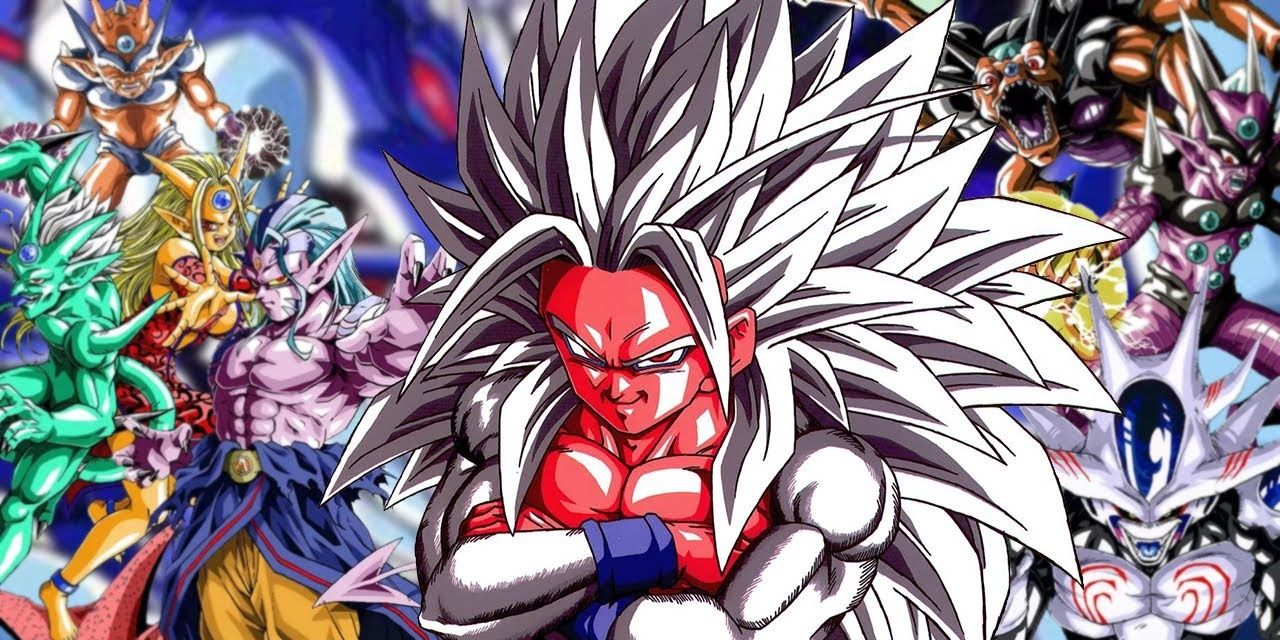
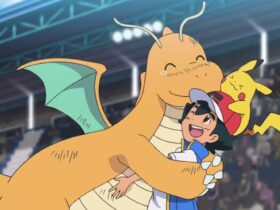
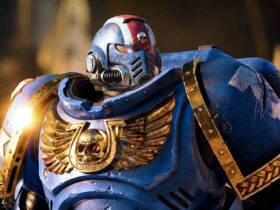
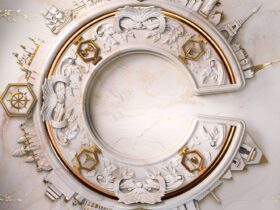
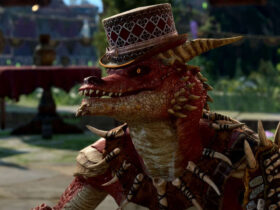
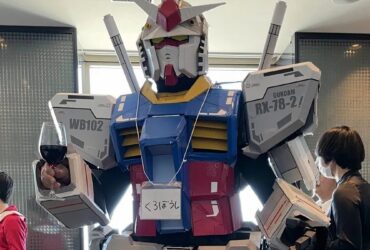
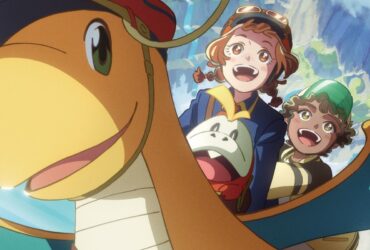
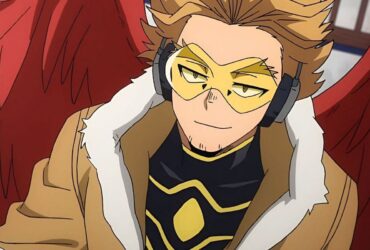
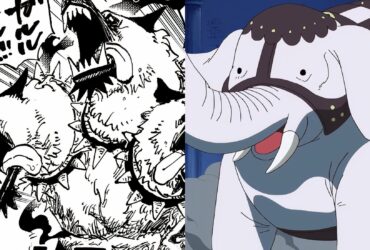
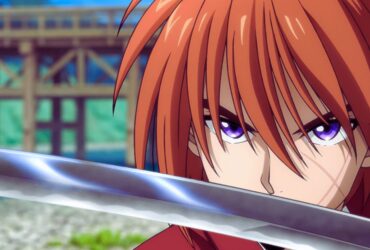
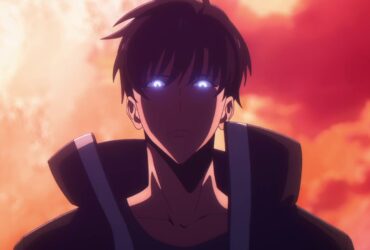
Leave a Reply